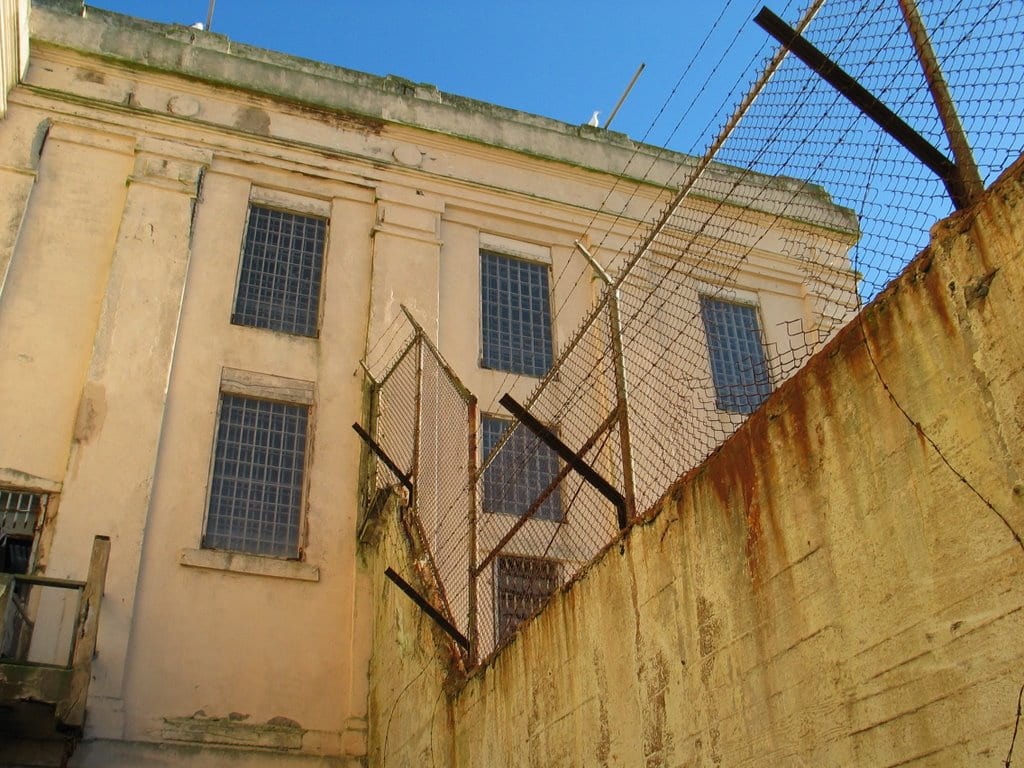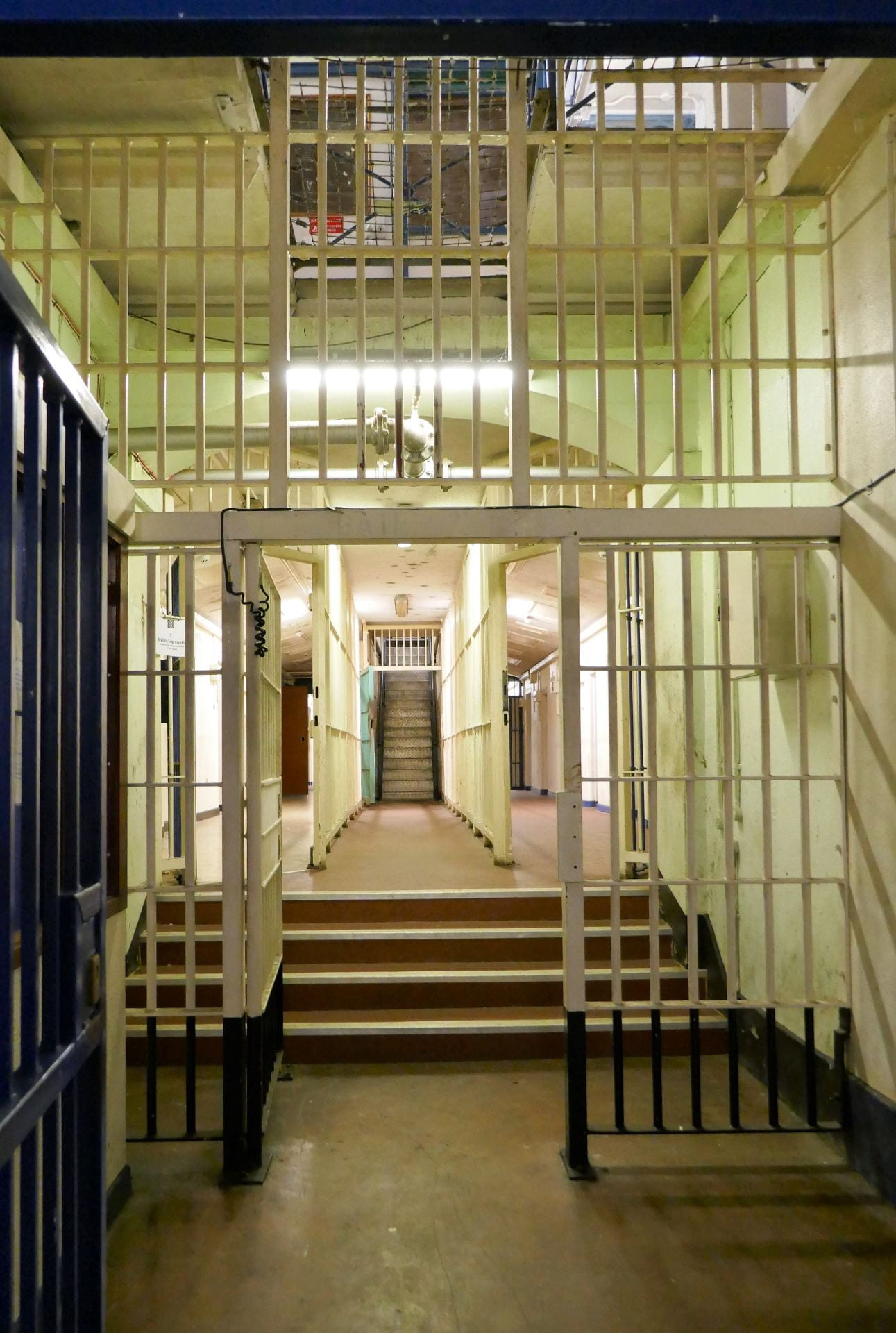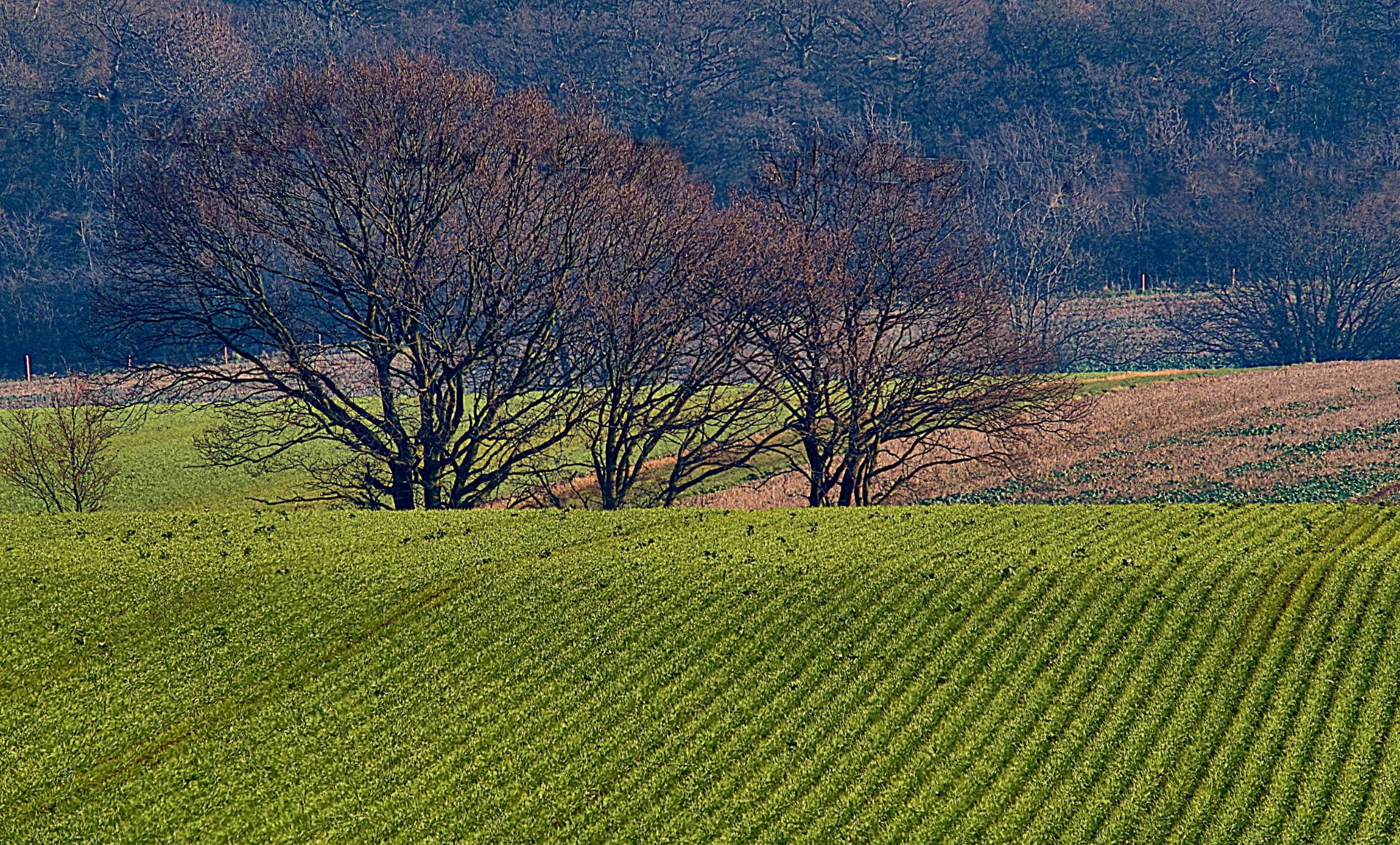by Abigail Shumate
Prisons, Historically
A quick Google search of “Alabama prison news now” will lead you to hundreds of articles detailing brutal and entirely unnecessary deaths of Alabama inmates. This is not exclusive to Alabama, it’s a trend you can find amongst most other southern states, including Georgia, North Carolina, and Louisiana. The UAB Institute for Human Rights already has several fantastic blog posts focusing on the injustices in Alabama prisons. Where this post differentiates from the others is in its focus on southern prisons as a whole, as well as worker’s rights within those prisons.
If you look at our country’s constitution, the 13th amendment states “neither slavery nor involuntary servitude, except as punishment for a crime whereof the party shall have been duty convicted, shall exist within the United States, or any place subject to their jurisdiction.” While this amendment, along with the 14th and 15th, expanded the rights of Black Americans, the italicized portion is a perfect display of how the rights of this population are frequently given with conditions. It’s easy to jump to the conclusion that this does not just affect Black Americans; however, it’s vital to note that this group is disproportionately incarcerated. For example, in the southern United States, Black Americans are five times more likely to be incarcerated in state prisons than their white counterparts. In states such as Alabama, Arkansas, Georgia, Mississippi, Florida, Louisiana, Texas, and North and South Carolina, African Americans make up 38% of the population, but 67% of the incarcerated population.

Within the Walls
Southern prisons and jails are notorious for being some of the worst in the country, with excessive violence and incredibly poor conditions. Southern prisons are grossly understaffed, and this leads to the intense mistreatment of incarcerated individuals. One example of this is this uncurbed time in solitary confinement. In Alabama, individuals can be placed in solitary confinement for “weeks or months at a time”, and because of understaffing they are denied their basic rights, such as showering. The overuse of solitary confinement is not uncommon in southern jails and prisons, and Black people deal with the brunt of this. Incarcerated Black individuals are eight times as likely to be put in solitary confinement and ten times more likely to be held in solitary confinement for excessive periods of time. Solitary confinement has intense physical and mental implications, and it can cause lasting damage to individuals kept alone for extended periods of time. The suicide rate for individuals kept in solitary confinement is needlessly high; in Georgia, for example, there were nine deaths by suicide from just February to April 2022. Similar to the usage of solitary confinement, in South Carolina there have been multiple extended lockdown periods, both before and during the pandemic. These extended lockdowns are the result of staffing shortages, which is a common theme in many southern prisons. One individual in a North Carolina Prison was forced to spend nine years in solitary confinement, and after their release they stated, “I feel like I am losing touch with reality…I feel helpless and abandoned, which makes me angry.”

While the prison system exposes people to uncountable horrors, one that has intense financial consequences is the extensive use of unpaid or underpaid labor. Worker’s rights laws in the United States don’t apply to those who are incarcerated—incarcerated workers have no right to form unions either, so they are unable to fight for improved conditions or pay. For most jobs, Alabama, Georgia, Florida, and more pay nothing for the labor, and if they do pay, it’s only cents per hour. Legally, incarcerated individuals can earn five cents a day. Turning the focus back to Black Americans, many are forced into work that can easily trigger generational trauma—required to work in fields, picking fruit and cotton (further reading on this can be found in the works of Dr. Joy DeGruy). The low wages combined with the undesirable jobs could incentive states to keep people imprisoned and working, so that they are better able to profit from of the tangible goods that incarcerated individuals are producing. Portions of payment are fed back into the state, or into the companies that are leasing the incarcerated.

Permanent Impacts
The financial detriment that is forced on the imprisoned is not limited to their time in jail. Ex-convicts are treated as second-class citizens, and they often have an incredibly hard time getting jobs after their time in the prison system. At least 27% of formerly incarcerated people are unemployed—which is all the more shocking when you learn this rate is higher than the unemployment rate during the Great Depression. As a reminder, the unemployment rate only includes people who are actively looking for work, so this reinforces how challenging it is for previously incarcerated individuals to support themselves after returning to the general public. This difficulty perpetuates a cycle that can be hard to break—without employment, individuals must deal with less stability and surety, and this can result in them returning to prison or jail.
Impoverished individuals are more likely to commit crimes, and, unfortunately, the jobs that are open for previously incarcerated individuals often leave them below the poverty line. This claim is not unaffected by race, as white men are the most likely to be employed full-time after imprisonment, and Black women are least likely to be employed full-time. This relates back up to previous discussion in the post, and incarceration heavily impacts minority races, and it affects them much more after their time in prison.
Conclusion
The Southern incarceration system presents challenges that can seem insurmountable; however, with appropriate attention and legislative power, positive change can be made for both current inmates and those who were previously incarcerated. One effective measure that can be taken is to Ban the Box. The Ban the Box Campaign advocates for the removal of the question “Have you ever been convicted?” from job applications, housing applications, and more. This limits employers’ and loan distributors’ ability to discriminate against individuals when making hiring or other decisions.
There are also major structural changes that need to be made, including increasing pay for prison labor, improving living conditions within prisons, and limiting the time given in solitary confinement. It is important to recognize that incarcerated individuals are people too, and that they deserve the same rights awarded to everyone in the Constitution.
